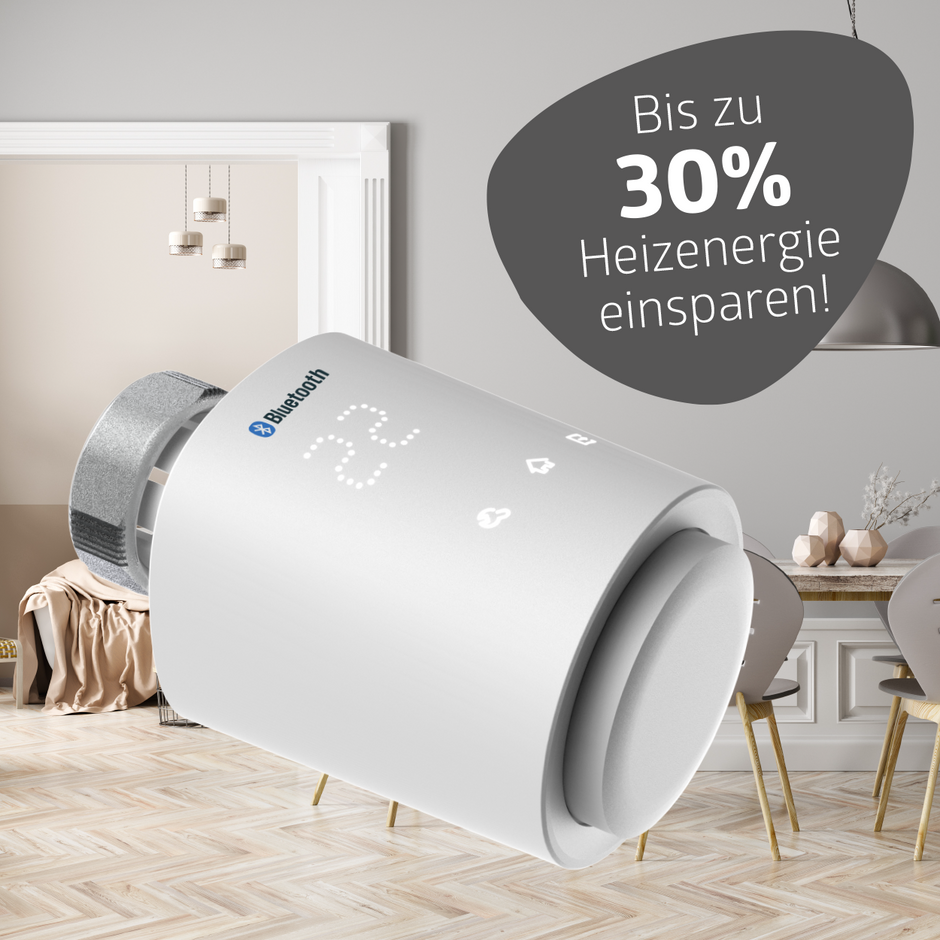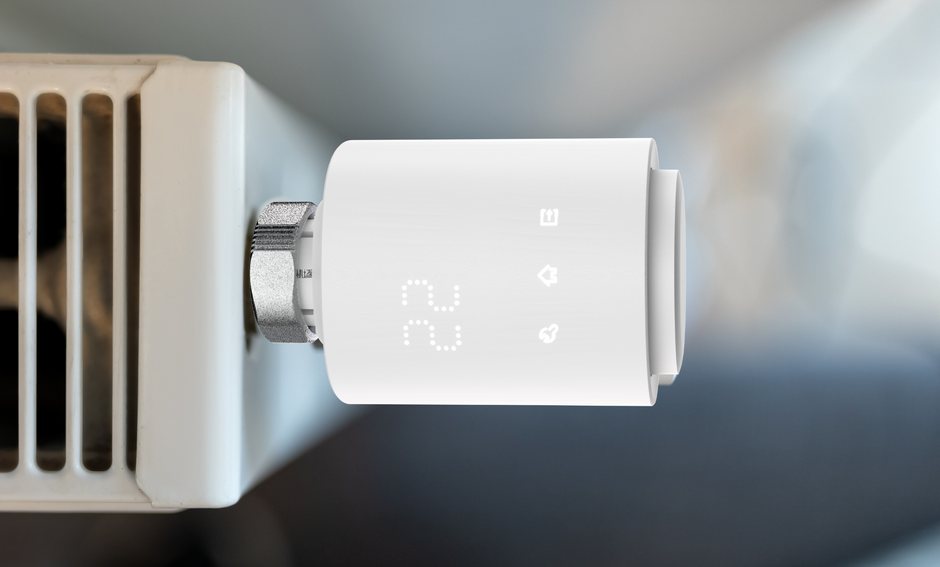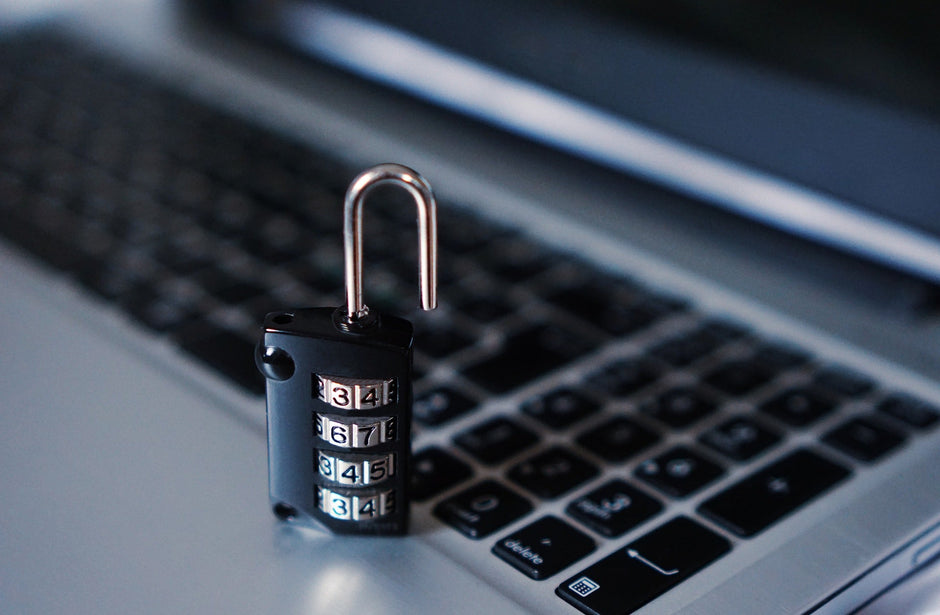Do you want to automate your existing home technology? Then you can do it with actuators. We'll explain what actuators are, which devices you can control with them, and what to look for when purchasing one.
Actuators are the invisible helpers in the smart home: They are installed discreetly in existing flush-mounted boxes and linked to conventional electrical devices. The actuators receive control commands from the home's occupants wirelessly (e.g., "lights off") and then automatically trigger the desired action (the lights go out). Depending on the installed actuator, you issue the control commands via wall switch, remote control, app, or voice command. Using an app, you can also program smart functions, including defining schedules and simulating your presence while away from home.
Which electrical devices can I control and automate with actuators?
- Lamps (the light switch is made smart via actuator)
- Electric shutters, blinds, awnings and Venetian blinds
- Any electrical device that is plugged into a socket (e.g. TV, speakers, LED strips and fairy lights, coffee maker, electric heater)
- Electric garage doors
What are the requirements for installing actuators?
The following requirements must be met:
- The neutral conductor is required. A neutral conductor must be present in the power cable to connect an actuator. Depending on the type of power cable, the neutral conductor is provided with a blue or gray sheath. A neutral conductor is standard in modern buildings. However, in older electrical installations (from the 1960s or earlier), the neutral conductor is not always present.
- There must be enough space for installation To install a flush-mounted actuator directly behind a socket or light switch, you need a deep flush-mounted box. You can retrofit the deep box or replace it with a conventional box. Do you not want to touch the existing installation with a shallow box? Then you can also accommodate the actuator in an additional flush-mounted box, which you attach above, below or directly next to the existing box. Not sure whether you have a deep or standard installation box in your home? No problem. Simply measure the depth of the box with a folding rule. Then you compare the determined depth with the depth of the switch or socket to which the actuator is mounted.
- Knowledge of electrical installation Actuators may only be installed by qualified electricians with a license. To avoid errors during installation, even as a professional, you should take the time to read the installation instructions carefully. The instructions also describe, for example, when you need to change the jumper on the socket actuators – this depends on the device you want to connect.
Find the right actuator
- Purpose: The device you want to connect determines the type of actuator you need. In other words: You need a different type of actuator for controlling roller shutters than for "smartifying" a socket. Many manufacturers make it easy for you by specifying which devices the respective actuator is suitable for in the product name.
- Wireless control center or standalone operation: Some actuators require a smart home wireless control center (also called a gateway or access point, depending on the manufacturer), where all control commands converge. However, there are also actuators that do not require a wireless control center. They operate independently and are easily programmed via an app.
- Cloud-based or cloud-free: Software is required to control the actuators – and for many actuators, this software is located in the manufacturer's cloud, which naturally must meet the highest data security standards. However, some users find this a thorn in their side. They don't want to send their data to the cloud. In this case, actuators that actually only transmit within the home network are an option; all data remains at home. However, these cloud-free actuators cannot be controlled from outside – unless you also install a VPN access that allows you to connect to your home network from anywhere in the world.
- Check quality features We recommend that you pay particular attention to the following:
- The actuator should be TÜV-certified. This ensures that the actuator meets the highest quality and safety standards.
- The actuator should be able to handle high operating temperatures to prevent overheating and damage to the actuator during intensive use.
- Also helpful: integrated overload and overtemperature protection, which automatically shuts down when the programmed threshold values are exceeded, thus preventing damage to the actuator.
- The smaller the actuator, the easier it is to "sink" into the flush-mounted box. Therefore, you should check the dimensions of the actuator when purchasing.
- The actuator should be easy to program. This is especially quick with actuators that allow programming via app.




























